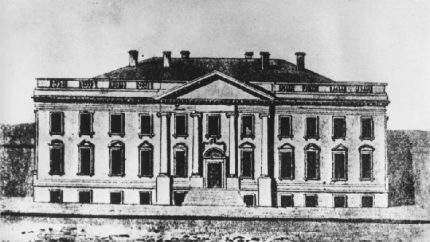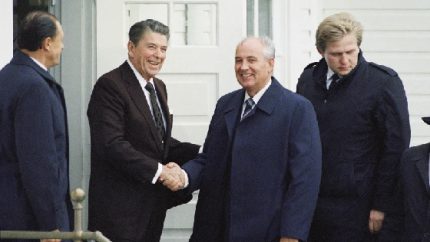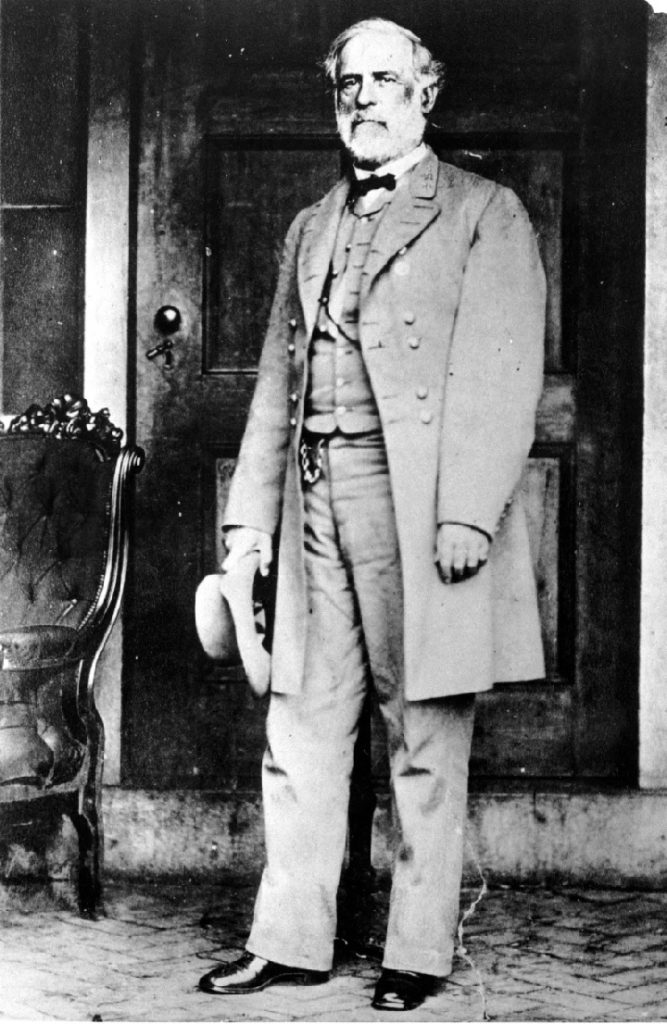
1870, General Robert E. Lee passes away in Lexington, Virginia
On October 12, 1870, General Robert E. Lee passed away in Lexington, Virginia, at the age of 63. Lee’s legacy continues to stir debate over 150 years later. As the leading general of the Confederate forces during the American Civil War, his decisions played a crucial role in shaping the conflict that nearly tore the United States apart. Lee’s tactical genius is often praised, but his commitment to the Confederate cause—which sought to maintain slavery—places his legacy under scrutiny. The Civil War remains one of the deadliest conflicts in American history, with over 600,000 lives lost, underscoring the lasting impact of Lee’s actions.
Additional Significant Events on October 12
1492: Christopher Columbus’s Expedition Reaches the New World
On this date in 1492, Christopher Columbus’s expedition made landfall on what is now San Salvador Island in the Bahamas. Columbus’s arrival marked the beginning of European exploration and colonization of the Americas, an event that would reshape the world. Although hailed for his daring voyage, Columbus’s legacy is complicated, as his expeditions also led to the exploitation and suffering of indigenous populations, ushering in centuries of conquest and colonization in the New World.
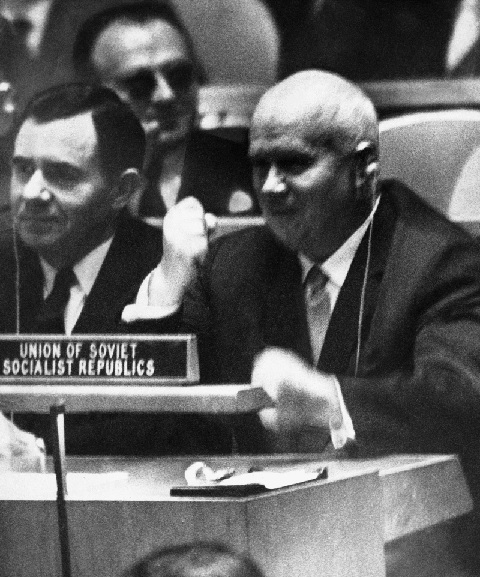
1960: Khrushchev’s Shoe-Pounding Protest at the United Nations
In a dramatic scene on October 12, 1960, Soviet Premier Nikita Khrushchev protested remarks made during a United Nations General Assembly meeting by pounding his shoe on his desk. This act of defiance during the Cold War symbolized the tensions between the United States and the Soviet Union, with Khrushchev signaling the USSR’s resistance to Western dominance. The Cold War itself shaped international relations for decades, with moments like this serving as reminders of how close the world came to direct conflict between two nuclear powers.
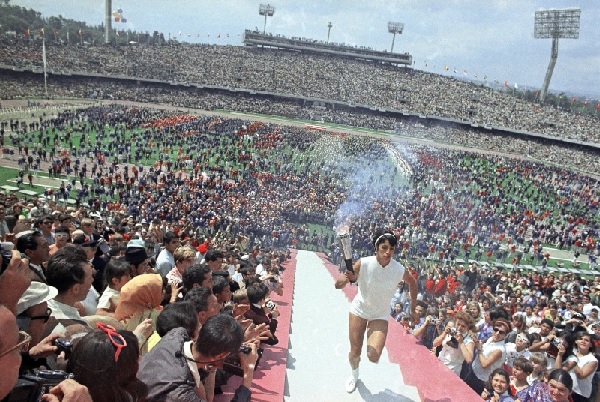
1968: First Woman to Light the Olympic Flame
On this day in 1968, Mexican track and field athlete Enriqueta Basilio became the first woman to light the Olympic flame during the opening ceremonies of the Mexico City Summer Games. This moment was a significant step forward for gender equality in sports, as it symbolized the growing recognition of women’s contributions to global athletics. The Mexico City Games are also remembered for the political protests that unfolded, most notably the Black Power salute by American sprinters Tommie Smith and John Carlos.
1973: Gerald R. Ford Nominated as Vice President
On October 12, 1973, President Richard Nixon nominated House Minority Leader Gerald R. Ford to replace Vice President Spiro T. Agnew, who had resigned due to criminal charges. Ford’s nomination would lead to his eventual rise to the presidency following Nixon’s own resignation amidst the Watergate scandal. Ford remains the only U.S. president never to have been elected to either the presidency or vice presidency, underscoring the extraordinary constitutional crisis that engulfed the nation during the 1970s.
1984: IRA Bombing in Brighton, England
British Prime Minister Margaret Thatcher narrowly escaped an assassination attempt on October 12, 1984, when a bomb planted by the Irish Republican Army (IRA) exploded at a hotel in Brighton, England. The attack, which killed five people, was part of the IRA’s campaign against British rule in Northern Ireland. Despite the attack, Thatcher emerged unscathed and delivered her scheduled speech the following day, a testament to her resolve during one of the most turbulent periods of the Northern Ireland conflict, known as “The Troubles.”
2000: USS Cole Bombing in Yemen
Seventeen U.S. sailors were killed on October 12, 2000, when the USS Cole, a naval destroyer, was targeted in a suicide bombing in the port of Aden, Yemen. The attack, carried out by al-Qaida militants, highlighted the growing threat of terrorism to U.S. interests overseas. It also served as a prelude to the September 11, 2001, attacks, revealing the increasing capabilities of extremist groups in launching attacks against military targets.
2002: Bali Bombings
On October 12, 2002, two bombs detonated in nightclubs on the Indonesian island of Bali, killing 202 people, including many foreign tourists. The attack was linked to al-Qaida-affiliated militants, making it one of the deadliest acts of terrorism in Southeast Asia. The Bali bombings underscored the global reach of terrorist networks and the ongoing threat they posed in the aftermath of 9/11, prompting international efforts to combat terrorism on a broader scale.
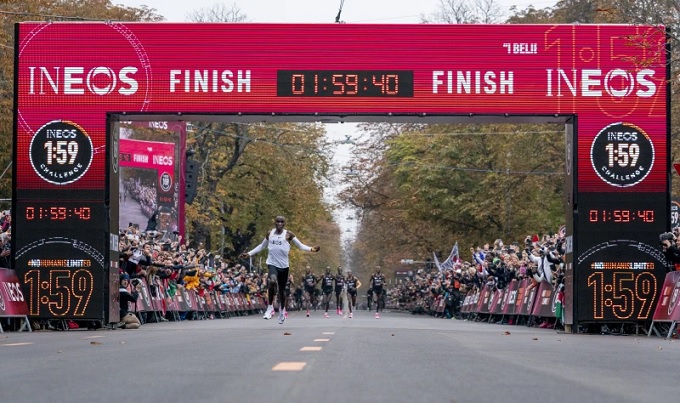
2019: Eliud Kipchoge Breaks the Two-Hour Marathon Barrier
On this date in 2019, Eliud Kipchoge of Kenya became the first person in history to run a marathon in under two hours. He completed the INEOS 1:59 Challenge in Vienna, Austria, with a time of 1:59:40. While the event was not an official world record due to controlled conditions, Kipchoge’s achievement represented a breakthrough in human endurance and athletic performance, demonstrating that physical limits continue to be redefined in modern sports.








